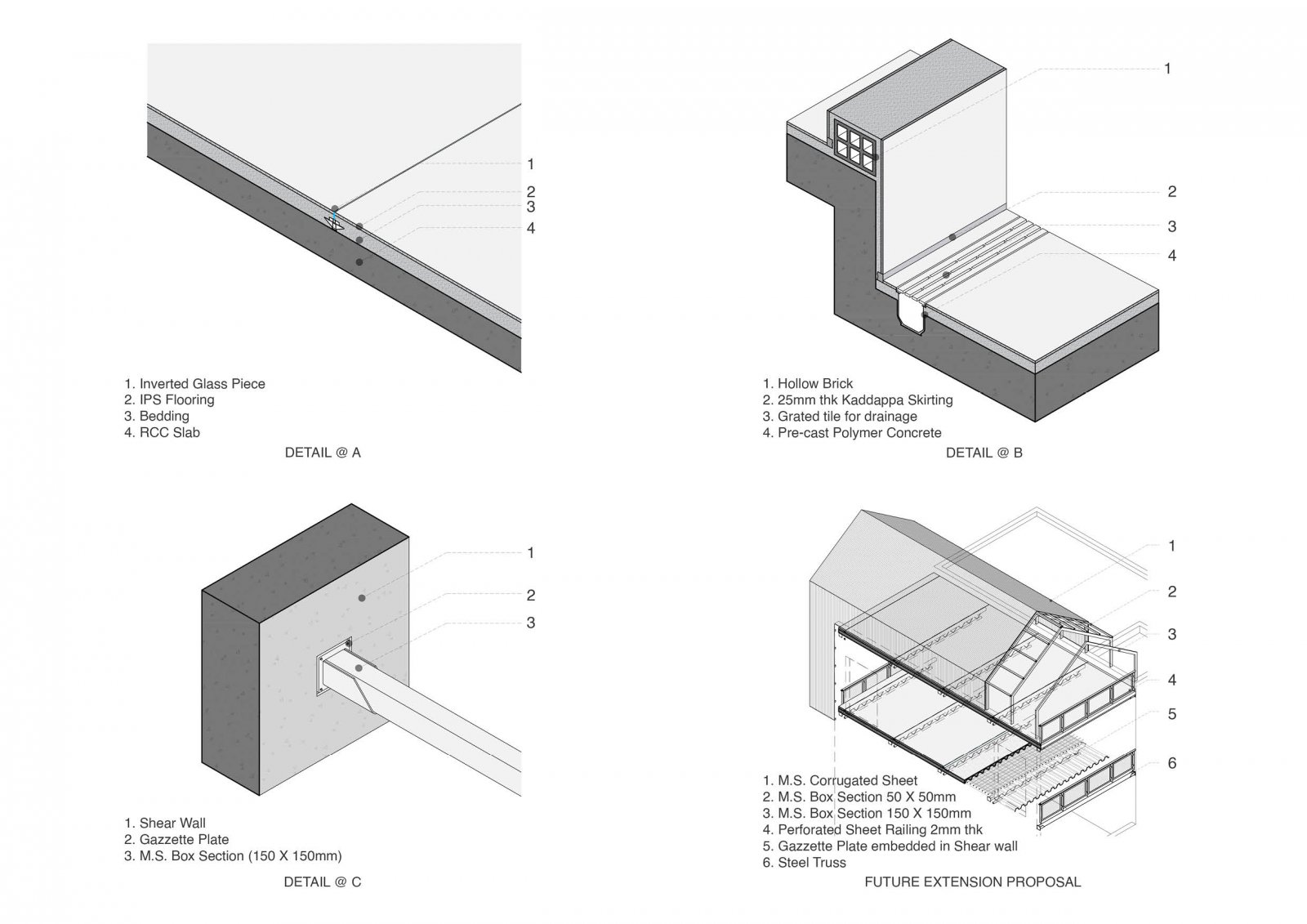Your browser is out-of-date!
For a richer surfing experience on our website, please update your browser. Update my browser now!
For a richer surfing experience on our website, please update your browser. Update my browser now!
The act of shipbuilding is a continuous cultural practice, while the individual ship and the artisans working on it are makeshifts. The shipbuilding process itself is dependent on financial resources—if funding or market demand ceases, the work halts. This raises a question: what happens when the infrastructure is no longer in use, or if shipbuilding is discontinued? Would the infrastructure become obsolete, and would the town lose its memory of this rich heritage? The true heritage lies in the act of shipbuilding, not in the ship itself. Once the ships are gone, does the town risk losing this legacy, turning it into a forgotten legend with no physical evidence? The solution lies in creating an architectural dialogue between permanence and temporality. The permanent elements act as a tangible evidence of the shipbuilding tradition, while the temporary aspects morph as needed to accommodate ongoing projects. The permanent structures would emulate the skills of shipbuilding, symbolizing the craft even when no ship is being built. This allows the architecture to preserve the craft’s essence, even when shipbuilding activity has paused. The program emphasizes permanence as an intangible quality, with the design expression being as minimal as a line. The objects emerging from these lines form an exoskeleton, which remains constant, while the morphology and outer skin change to serve the needs of shipbuilding. The mechanism, which is the permanent aspect, adapts to the space and the shipbuilding process, morphing and returning to its original form. The structure would thus represent the symbolic relationship between the permanent (heritage, tradition) and the impermanent (the ship, the process), ensuring that the memory of the act endures even when the temporary fades.









